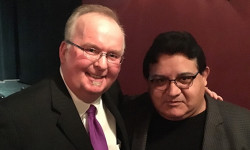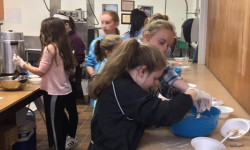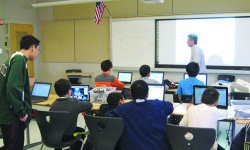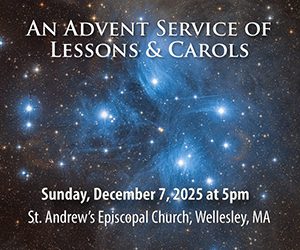Westwood Schools are bridging their age gap by bringing their oldest and youngest students together on a daily basis in a program designed to benefit both age groups. A group of 16 juniors and seniors in Westwood High School’s early childhood education program are spending time every week in the preschool and elementary classrooms. The program aims to provide the older students with practical experience working with their much younger counterparts.
Brian Shuman, a teacher in the social studies department, designed the curriculum for this program seven years ago. He has found that while the program’s main goal is to prepare high school students interested for a career working with children, preschoolers are benefiting, as well.
“Those students will work with the pre-K and elementary teachers and support them in a variety of ways,” Shuman said. “That includes the ability to work individually with the young students in the classroom on an arts and crafts project, or assisting during a recess.”
Two high school students visit a preschool classroom at a time. All told, eight different classrooms throughout the district are benefitting from the additional assistance. The high school faculty works with the preschool teachers to coordinate daily activities. This ensures that all the students, young and old, are getting the maximum benefit from their cooperation.
When WHS students are not with the younger kids, they continue to work on other projects, as well as learn about the child development theories of Jean Piaget, Maria Montessori, and others. Currently, they are creating original children’s books that they will bring to the preschool class later in the year.
According to Shuman, students at both ends of the age range benefit from this program. The high schoolers are presented as positive role models, which gives them a stronger sense of responsibility. Plus, he said, the preschoolers get more attention during class, because the older students are lending a hand.
“For the high school students, they get to see the wonders of youth in these kids. They’re at a fascinating age, and our older students get a chance to see what they’re learning in our class and applying it in the real world,” he said. “Kids can teach us a lot about different perspectives on the world. Our students learn from that, too.”
The program is limited to 16 students, who are selected with help from their guidance counselors.
“This is a really special group of kids who have decided at an early age that this is something they might be interested in going forward in their lives,” Shuman said. “Our students are really dedicated to what they’re being given the opportunity to do.”






















